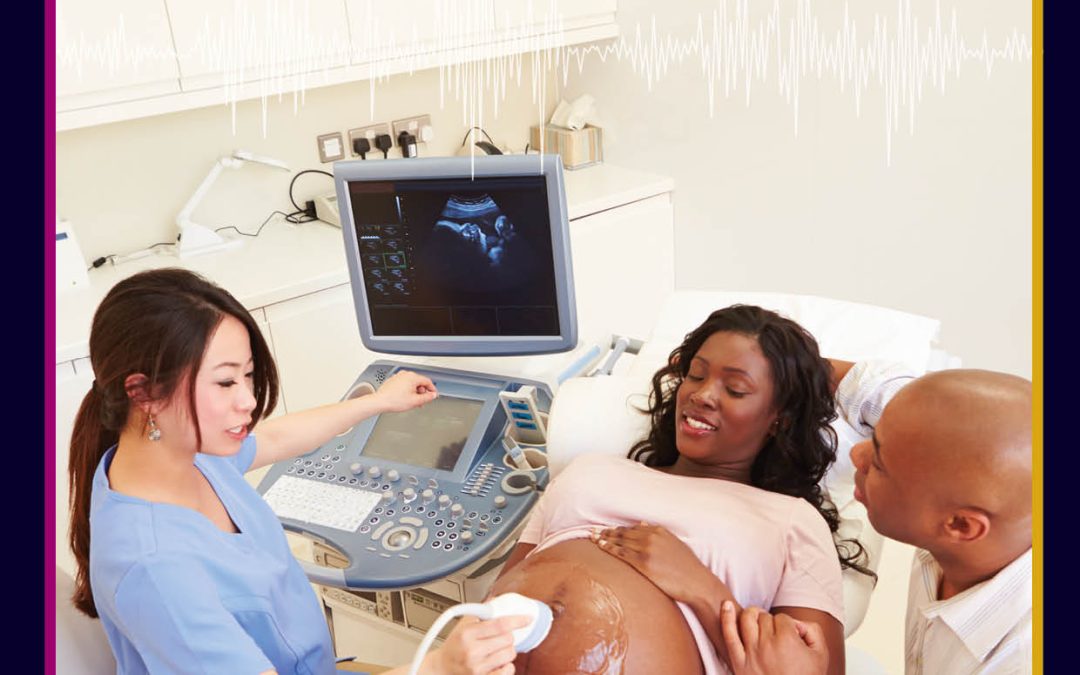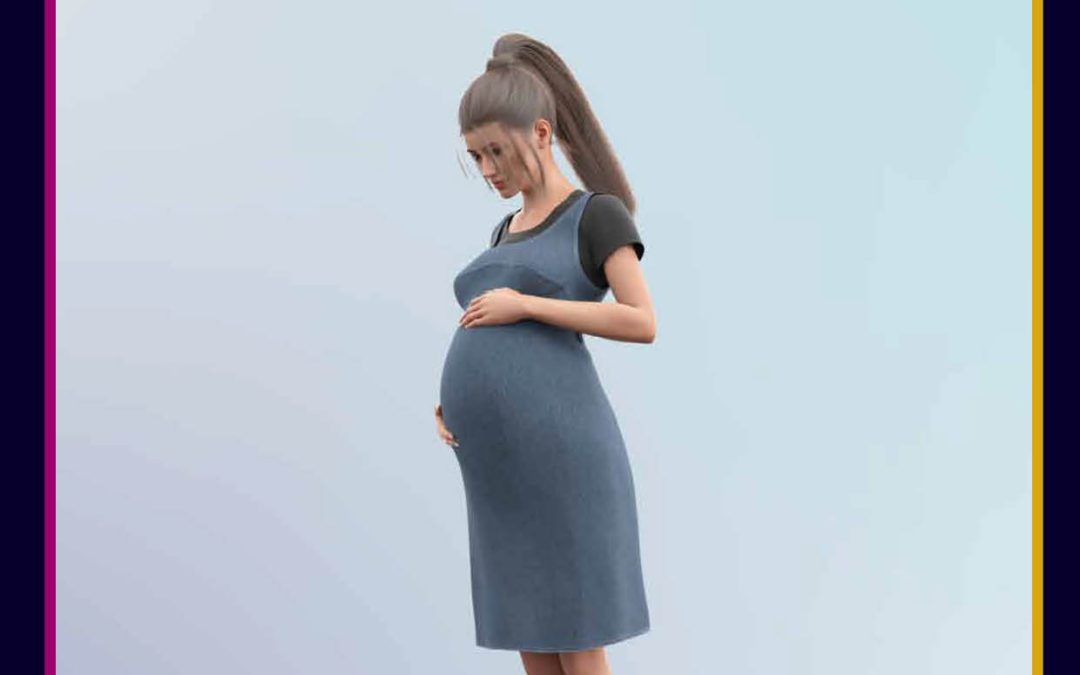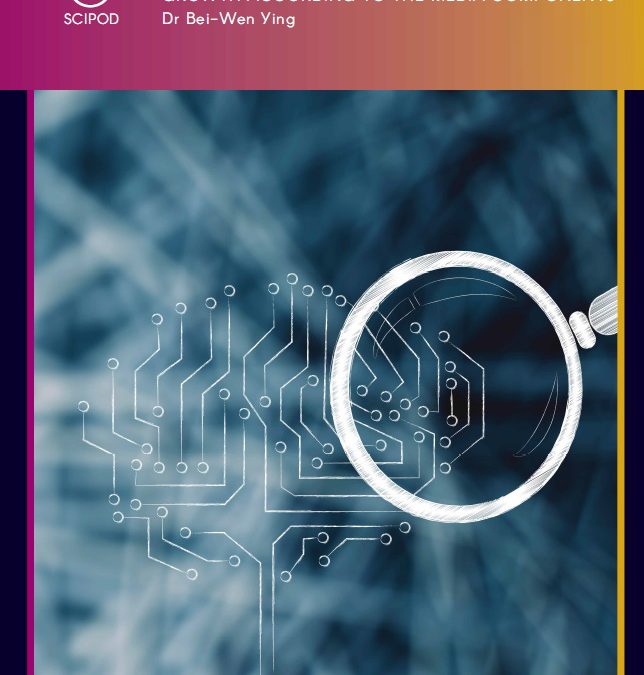
by admin | Apr 13, 2022 | engineering and tech, health and medicine, trending
Medical professionals require years of training before they can describe ultrasound images of developing foetuses. Dr Mohammad Alsharid and colleagues from the Institute of Biomedical Engineering and Nuffield Department of Women’s and Reproductive Health at the University of Oxford suggest that this task could one day be carried out by machine learning algorithms. In their latest study, the team showed how neural networks, trained by the expert knowledge of real sonographers, could convert subtle features within the images into accurate, readable captions.

by admin | Apr 4, 2022 | health and medicine, trending
Peer review is a key component in the determination of funding allocation, especially within the science and technology sectors. However, the literature evaluating this process is sparse, often focusing on outcomes rather than the methodology. Dr Tiffani Conner and her colleagues from Oak Ridge Associated Universities in the USA have researched which specific skills are most desirable in a reviewer and how these can be enhanced, whilst also evaluating the impact of review format.

by admin | Apr 4, 2022 | health and medicine, health and medicine animated, research animated
Preterm birth refers to the birth of a baby before 37 weeks of completed gestation. An estimated 15 million babies are born prematurely each year and sadly, this prevalence is rising. Approximately 1 million die as a result of premature birth, and those who survive are at risk of lifelong disabilities. Dr Buxton and his team at the University of Nevada, Reno, are studying the role of the smooth muscle of the uterus to elucidate its role in preterm labour and birth.

by admin | Mar 30, 2022 | health and medicine
There is an urgent need for prognostic tools that can accurately predict the outcomes of patients undergoing treatment for breast cancer. Dr Fatima Rehman and her colleagues investigated the relationship between breast cancer prognosis and the secretion of a biological marker called Galectin-3 to drive forward the development of optimised treatment regimes. This work was conducted at Shaukat Khanum Memorial Cancer Hospital and Research Centre in Pakistan.

by admin | Mar 21, 2022 | health and medicine, health and medicine animated, research animated
Bacterial growth depends on the complex interactions of a multitude of chemical components. Microbiologists have long attempted to predict bacterial growth according to culture media components, and have employed a variety of mathematical and computational models to this end. Dr Bei-Wen Ying and her colleagues at the University of Tsukuba, Japan, successfully applied machine learning to understand the contribution of media culture components to bacterial growth. Their work makes a significant contribution to growth prediction and demonstrates that machine learning can be employed in the exploration of the complex dynamics that regulate living systems.

by admin | Mar 18, 2022 | health and medicine
The potentially fatal impact of tetanus on mothers and infants is a serious issue in developing countries. Dr Syed Ahsan Raza at Baylor College of Medicine and Dr Bilal Avan at the London School of Hygiene and Tropical Medicine have recently published their perspectives and insights into this important issue.






